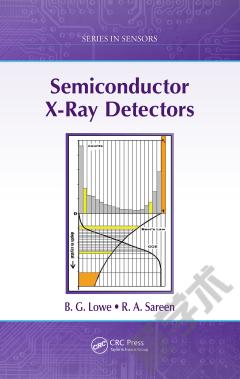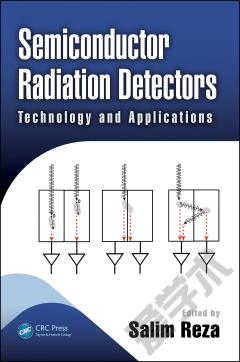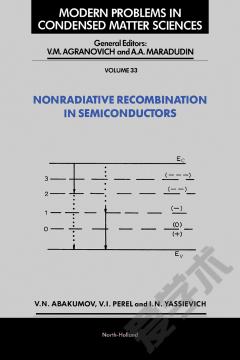Compound Semiconductor Radiation Detectors
Abstract We discuss the potential benefits of using compound semiconductors for the detection of X- and γ-ray radiation. While Si and Ge have become detection standards for energy dispersive spectroscopy in the laboratory, their use for an increasing range of applications is becoming marginalized by one or more of their physical limitations; namely the need for ancillary cooling systems or bulky cryogenics, their modest stopping powers and radiation intolerance. Compound semiconductors encompass such a wide range of physical properties that it is technically feasible to engineer a material to any application. Wide band-gap compounds offer the ability to operate in a wide range of thermal and radiation environments, whilst still maintaining sub-keV spectral resolution at hard X-ray wavelengths. Narrow band-gap materials, on the other hand, offer the potential of exceeding the spectral resolution of both Si and Ge, by as much as a factor of 3. Assuming that the total system noise can be reduced to a level commensurate with Fano noise, spectroscopic detectors could work in the XUV, effectively bridging the gap between the ultraviolet and soft X-ray wavebands. Thus, in principle, compound semiconductor detectors can provide continuous spectroscopic coverage from the far infrared through to γ-ray wavelengths. However, while they are routinely used at infrared and optical wavelengths, in other bands, their development has been plagued by material and fabrication problems. This is particularly true at hard X- and γ-ray wavelengths, where only a few compounds (e.g., GaAs, CdZnTe and HgI 2 ) have evolved sufficiently to produce working detection systems. In this paper, we examine the current status of research in compound semiconductors and by a careful examination of material properties and future requirements, recommend a number of compounds for further development. In the longer term, when material problems are sufficiently under control, we believe the future lies in the development of heterostructures and inserted interface layers to overcome contacting problems and quantum heterostructures and superlattices to facilitate low-noise readout.
{{comment.content}}








 京公网安备 11010802027623号
京公网安备 11010802027623号